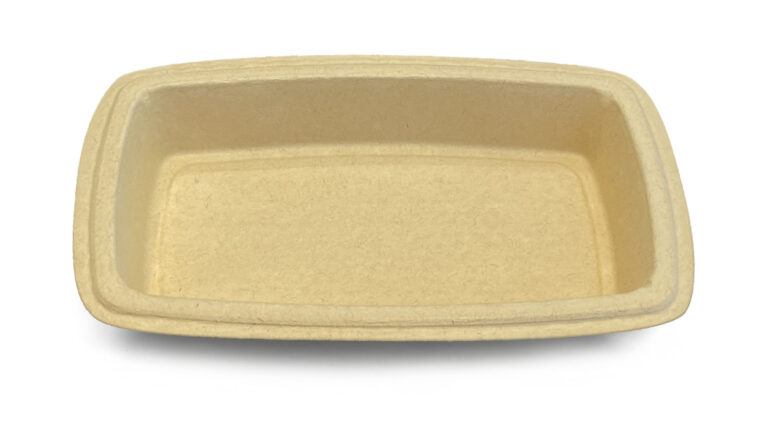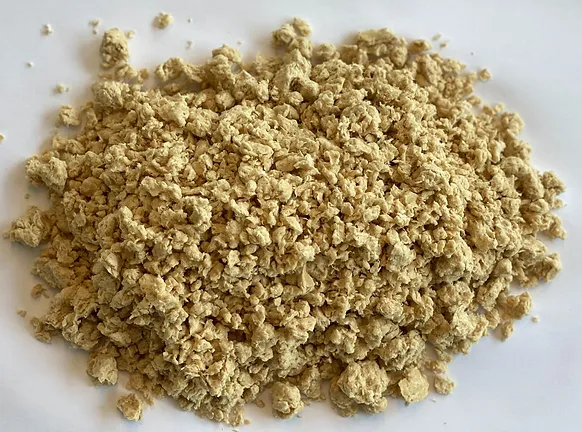
Red Leaf has established a Materials Demonstration Plant in Alberta which can produce quantities of fibre necessary for customers converting into consumer-facing products and to accomplish product trials in advance of full-scale production in Q1 2026.
Paper and tissue products are a mixture of different types of pulp fibre, each giving different characteristics. Red Leaf’s alternative ag-fibre has physical characteristics that are comparable to conventional hardwood and superior to recycled fibre. Characteristics include:
Longer fibre length
Superior strength and tensile/stretch qualities
Red Leaf produces Canada’s first climate-positive alternative fibre.
Our proprietary production processes have a number of environmental advantages – significantly lower water, reagent and energy use, enhanced utilization of existing as-residual resources, novel alternative fuels, and creating a carbon positive pathway.


Another co-product of the Red Leaf process is lignin. It is a compressed organic material, recovered by Red Leaf's patented process which is contained in all plant life and trees, commonly referred to as Nature's Glue. Red Leaf's customers are emerging with potential uses for lignin including:
Plastics Biomaterial: An alternative to plastics with many applications – lignin powder is incorporated into emulsions. A common use for these plastics include materials for the interiors of vehicles and dinnerware.
Electronics and Batteries: Lignin is used in electronics and batteries. When used in the coatings of cathodes and capacitors, it facilitates higher capacitance for a quicker charge (by 20-30%), making it an important addition to electric vehicle batteries.
